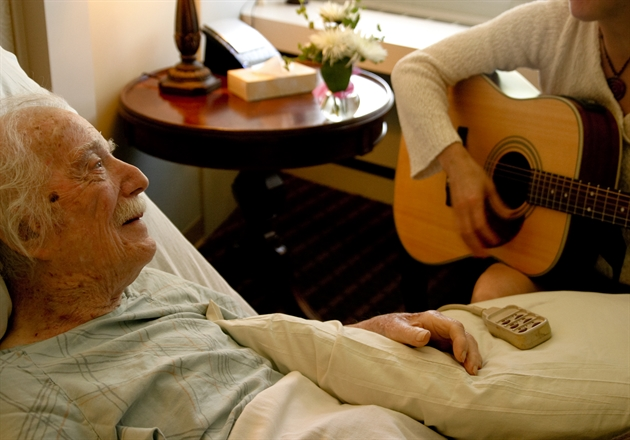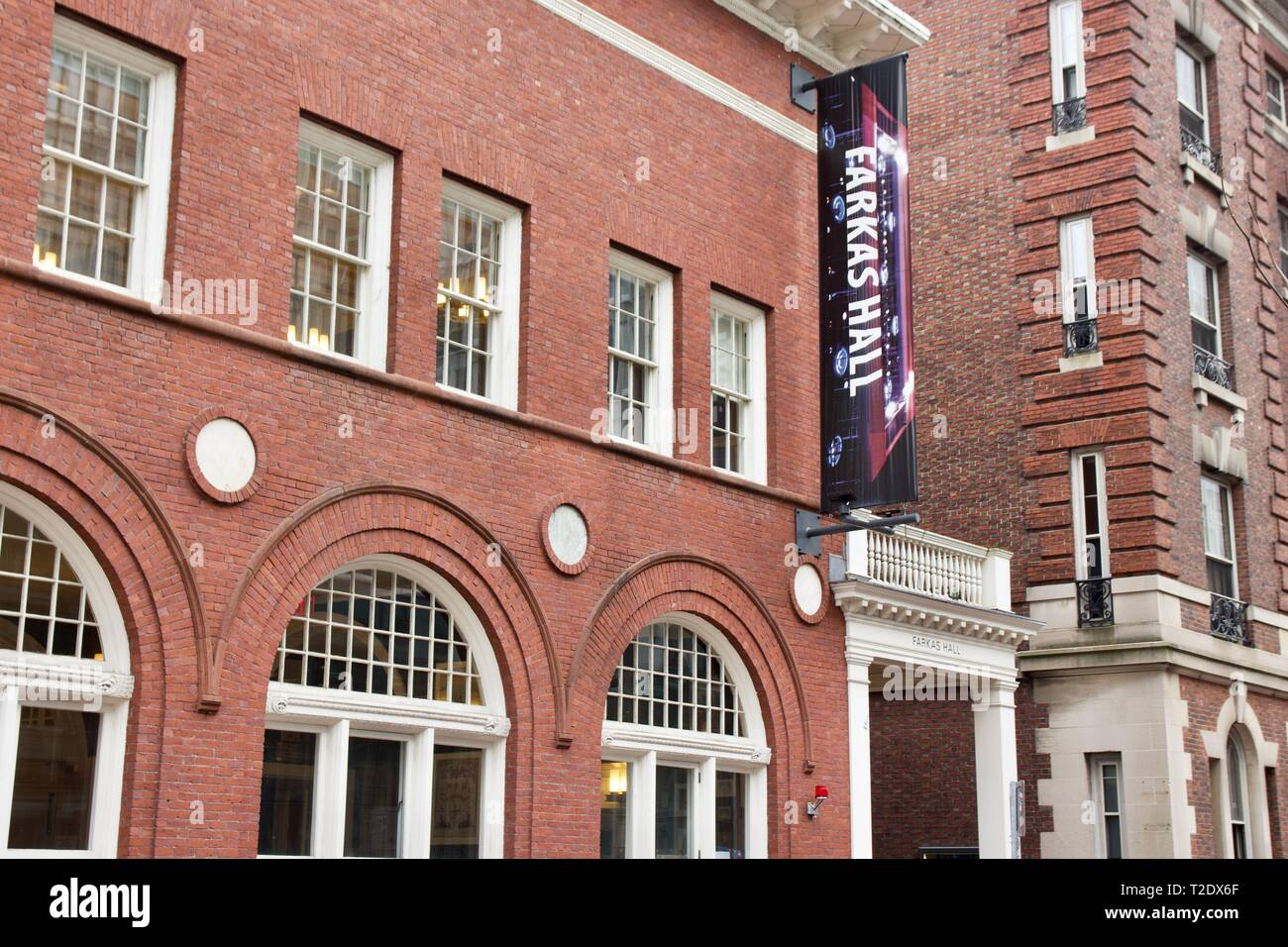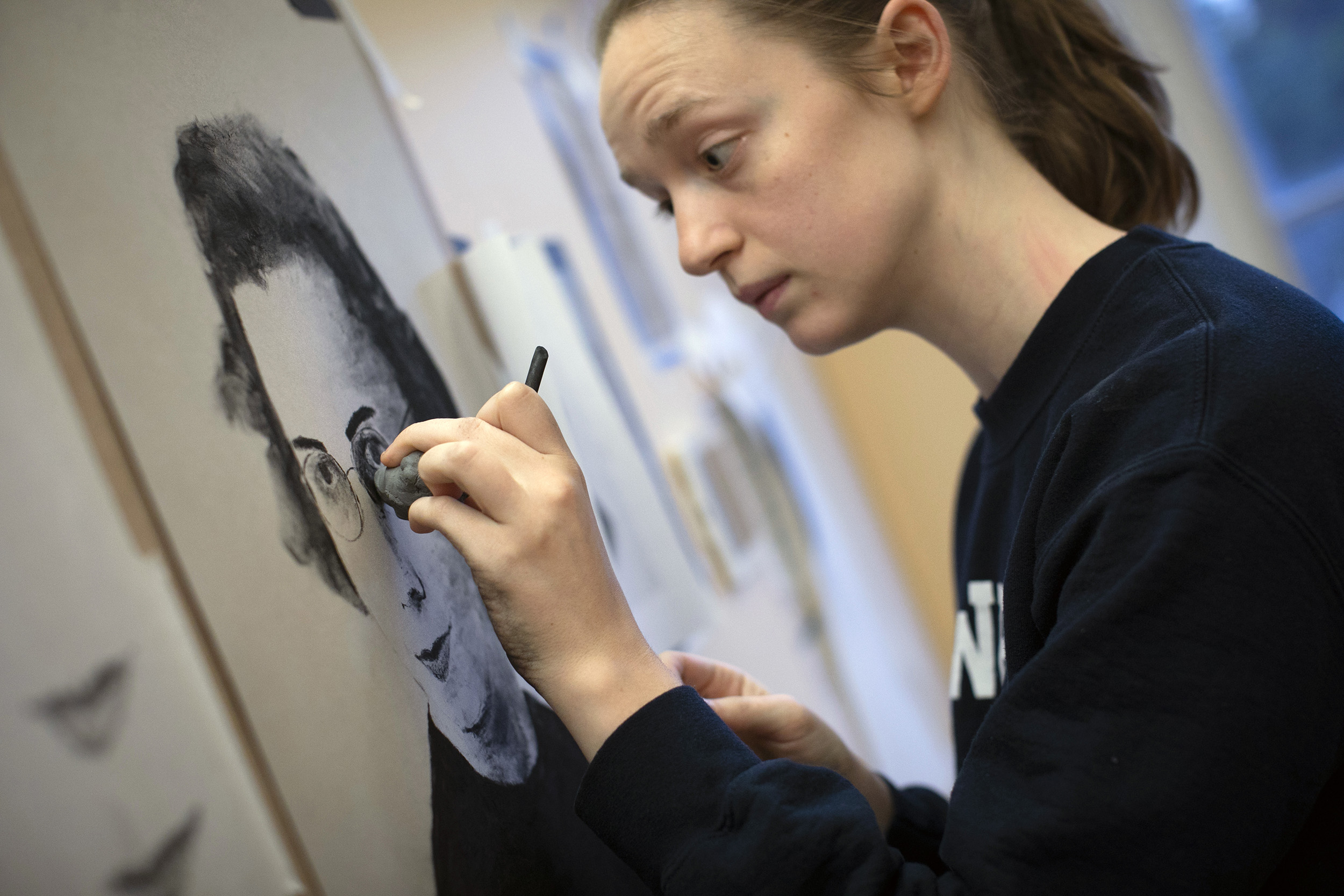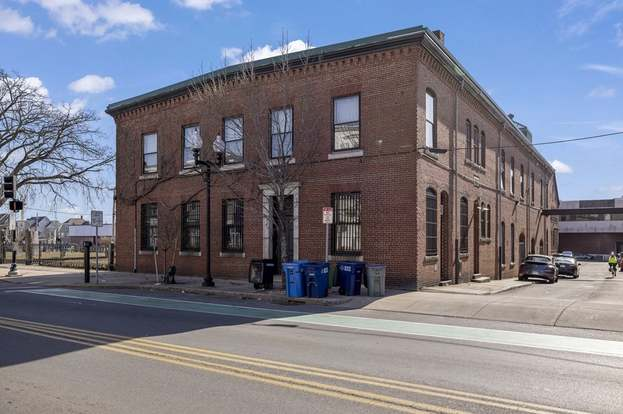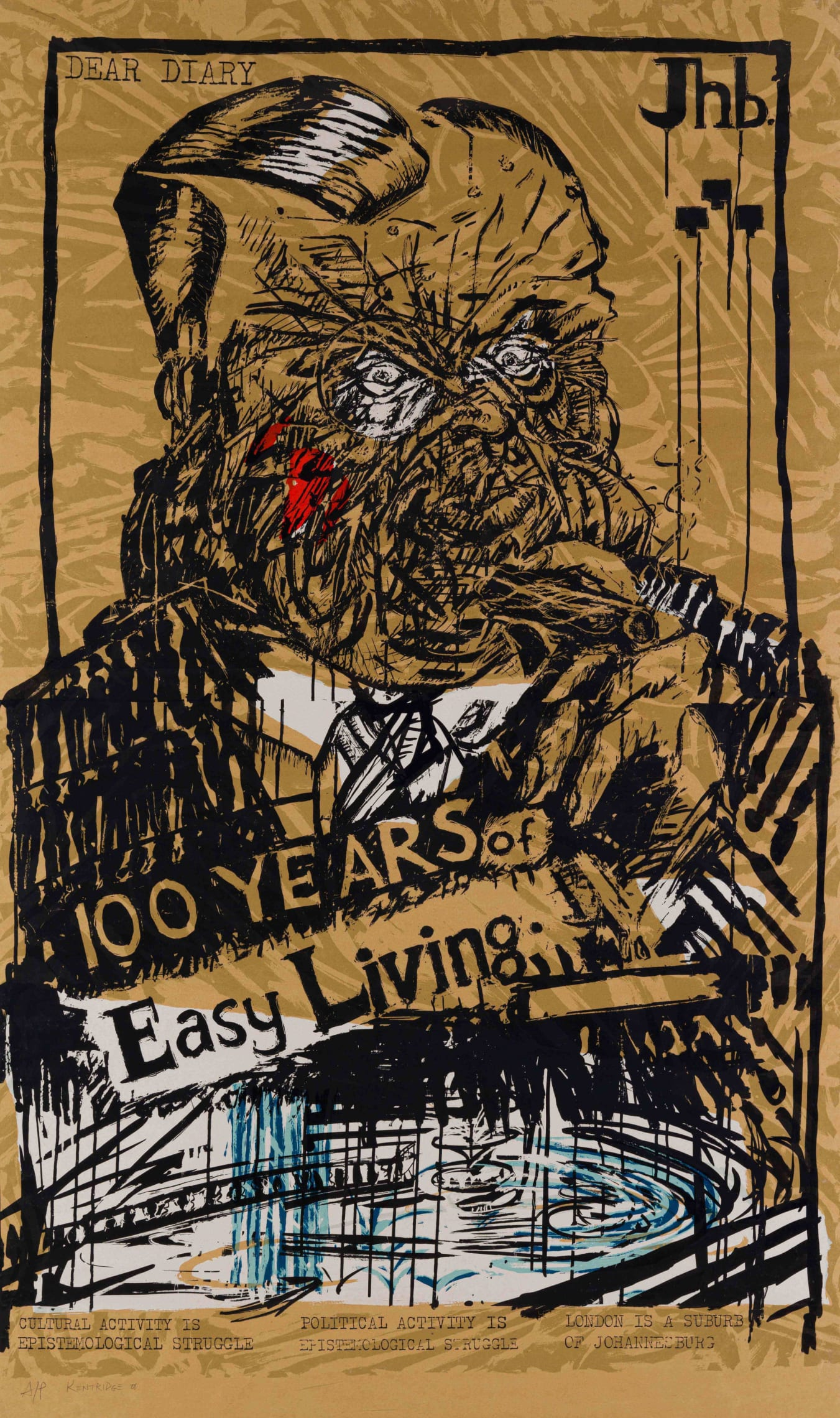Harvard archives exhibits offer a unique glimpse into the rich narrative of Harvard history, showcasing the integral artifacts that have shaped both the university and the nation.Among these cultural artifacts is a handwritten letter from John F.
Dance like someone’s watching—the call to express oneself boldly through movement resonates with many.This dance philosophy encourages individuals to embrace confidence and creativity, transforming their bodies into vessels of self-expression.
Palliative care musical, “Night Side Songs,” emerges as a transformative exploration of the challenges faced by those confronting serious illness.Created by Daniel and Patrick Lazour with invaluable insights from palliative care expert Susan Block, this innovative piece breaks new ground in theatrical performance.
The Harvard Office for the Arts (OFA) serves as a dynamic hub for creative expression at Harvard University, fostering a rich environment where students can explore their artistic passions.Celebrating its 50th anniversary, the OFA highlights a variety of arts programs, including the popular ceramics studio located in Quincy House, which invites students like Tiffany Onyeiwu to reconnect with their creative instincts.
Book to film adaptations have long captivated audiences, generating dynamic discussions around how effectively a movie can translate the essence of its literary source.Some films, dubbed the best book adaptations, not only bring stories to life but also reinterpret narratives in fascinating ways, offering fresh perspectives on beloved novels.
David Lynch, the iconic filmmaker and artist, has left an indelible mark on the world of cinema with his unique and surreal storytelling style.Renowned for his enigmatic films such as ‘Blue Velvet’ and the cult classic ‘Twin Peaks’, Lynchian cinema evokes a potent blend of familiarity and strangeness that continues to captivate audiences worldwide.
Harvard portraiture projects have made a significant impact on artistic expression and cultural representation at Harvard University.Initiated by artist Robert Shetterly and renowned neurologist S.
Celeste Ng, an acclaimed author renowned for her compelling narratives, has profoundly impacted contemporary Asian American literature.With her latest novel, “Our Missing Hearts,” Ng delves into the intimate relationship between a mother and her biracial son, set against a chilling dystopian backdrop where unpatriotic behaviors are criminalized.
Nestled in the artistic heart of Cambridge, 44 Irving Street has become a landmark in documentary photography, significantly shaping the career of Susan Meiselas.This iconic site is not only a backdrop for her black-and-white series but also a vital piece of Cambridge’s art narrative, showcased at the prestigious Harvard Art Museums.
Art in a state of siege often emerges as a poignant reflection of society’s most tumultuous moments.Throughout history, artworks have served not merely as aesthetic objects but as vital commentaries on political unrest and human suffering.


